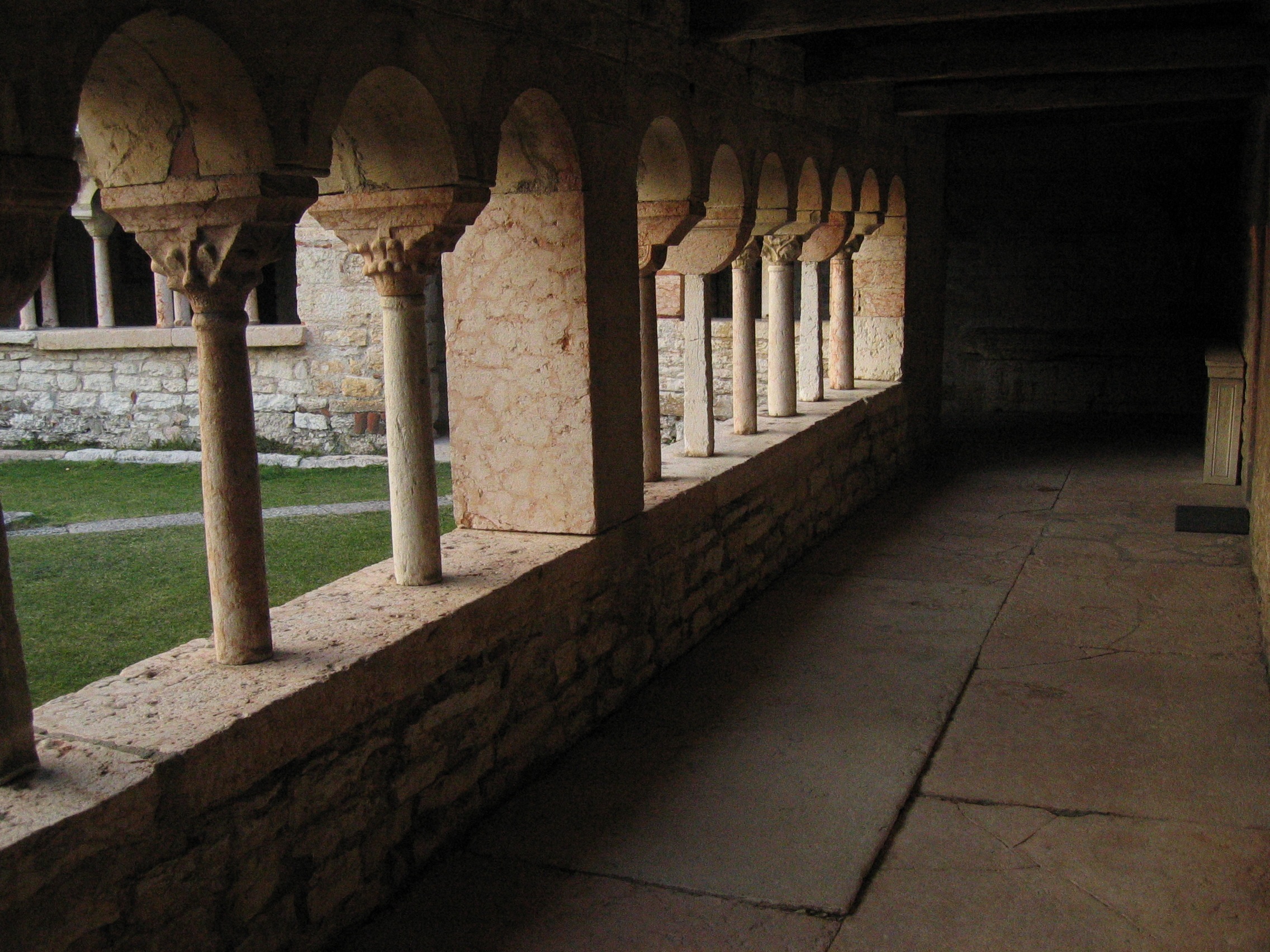
Welcome to Valpolicella
Old vines and new bunches in valpolicella
Some key facts – good to know
Valpolicella wine region has an extension of 25 km. from West to East and 12 km. from North to South. Vineyards included in the DOC production area counts for about 8,000 hectares (19,770 acres).
The city of Verona stays in the Southern middle of a complex system of valleys that flow from North (Monti Lessini) to South. The Adige river limits Valpolicella in its western and southern sides. Nearby Lake Garda is just 15 km to the west.
Valpolicella is a land steeped in culture as well as having a long tradition of food and wine. The area lies south of the eastern pre-Alps, north of the Adige river, east of the Valdadige Valley and west of the city of Verona.
3 main areas:
Valpolicella Classica
In this area, wines are generally distinguished by a greater warmth and austerity of character.Valpantena
Wines are generally distinguished by a greater freshness and elegance, but also great longevity.Eastern Valpolicella
Wines are generally distinguished by a dynamic and fruity style, with some herbaceous hints.
4 different appellations:
Valpolicella DOC
Valpolicella Ripasso DOCG
Amarone della Valpolicella DOCG
Recioto della Valpolicella DOCG
Some specifications you may find on the labels:
"Valpolicella Classico": wine coming from the "classical" (= historical area of production) area of Valpolicella
"Superiore": from selected grapes, it’s a wine aged minimum 1 year (considered from Jan. 1st after the harvest). It also can specify on the label the Cru of origin, usually with the "Vigna" word followed by the name of the place.
"Valpantena": a valley part of the Valpolicella DOC
Territories and valleys (West to East):
Valpolicella Classica: Sant'Ambrogio di Valpolicella, Fumane, San Pietro in Cariano, Marano, Negrar
Valpolicella: Quinzano and Avesa
Valpantena: Grezzana
Eastern Valpolicella (also named simply Valpolicella Doc): Squaranto, Marcellise, Mezzane, San Briccio di Lavagno, Illasi, Cazzano di Tramigna
The grapes:
The traditional blend of Valpolicella wine is made by these three indigenous grapes:
Corvina it's ruled that could be between 45% to 95% of a vineyard
Rondinella could be between 5% to 30% of a vineyard
Molinara it was compulsory to use it till modifications to the rules adopted in 2003. Now it's an optional grape (see below).
In the last 20 years, winegrowers have introduced also:
Corvinone: it could substitute Corvina in a vineyard till the amount of 90%.
Rules of Valpolicella permit to use other grapes, till a contribution of 25%, splitted in this way:
red, not aromatic grapes, to a maximum of 15% (max. 10% for each variety)
other Italian indigenous grapes, to a maximum of 10%
Among the "others", you may find:
Oseleta, Dindarella, Corbina, Spigamonte, Turchetta
Sangiovese, Cabernet Franc, Cabernet Sauvignon, Merlot, Teroldego.
Staying in Verona downtown
Our recommended wine & food places to visit and try:




